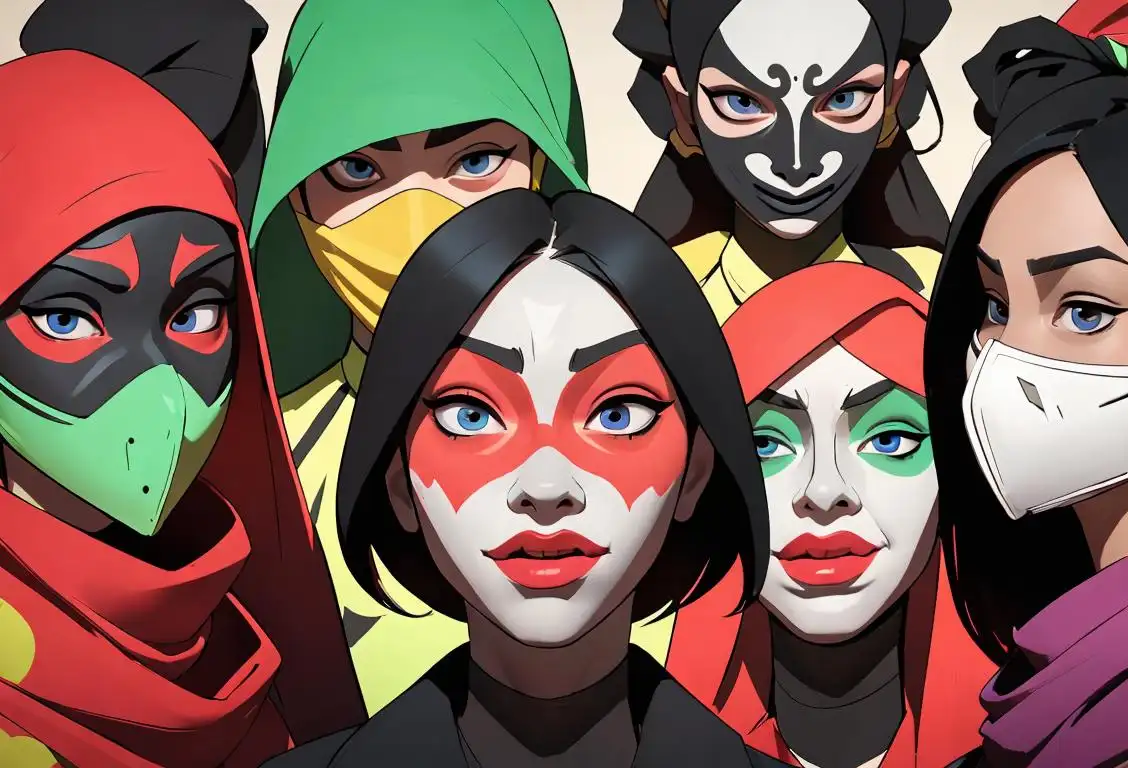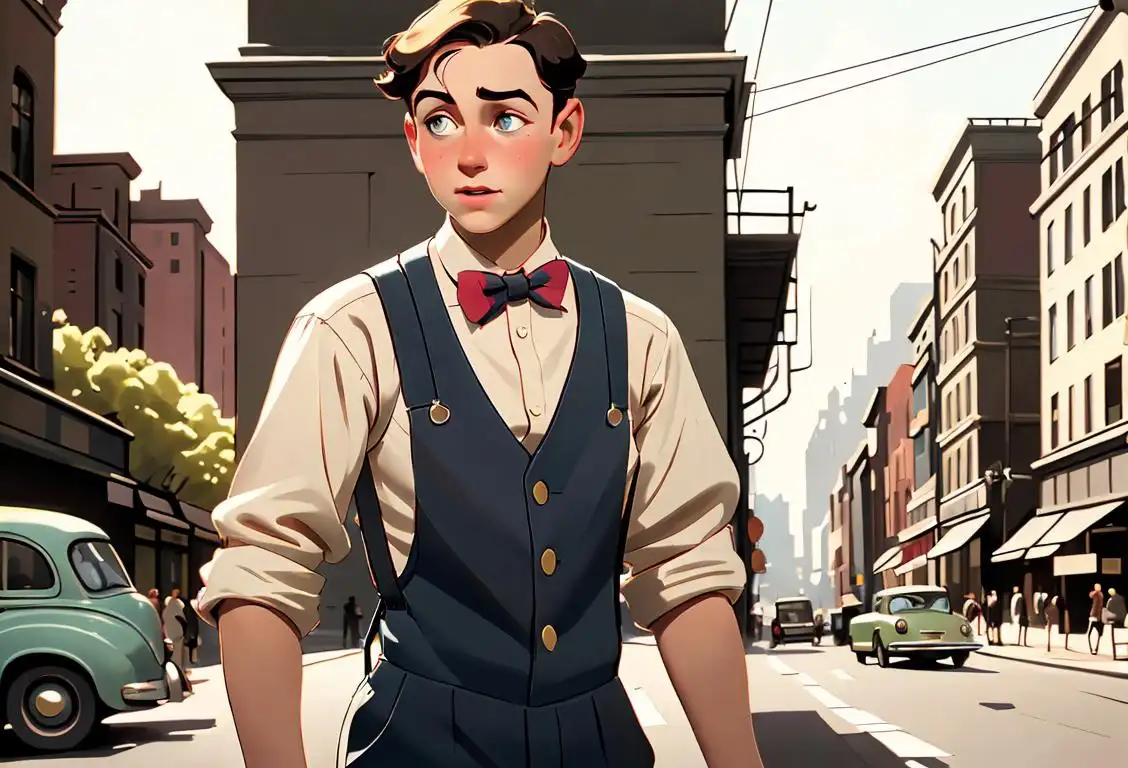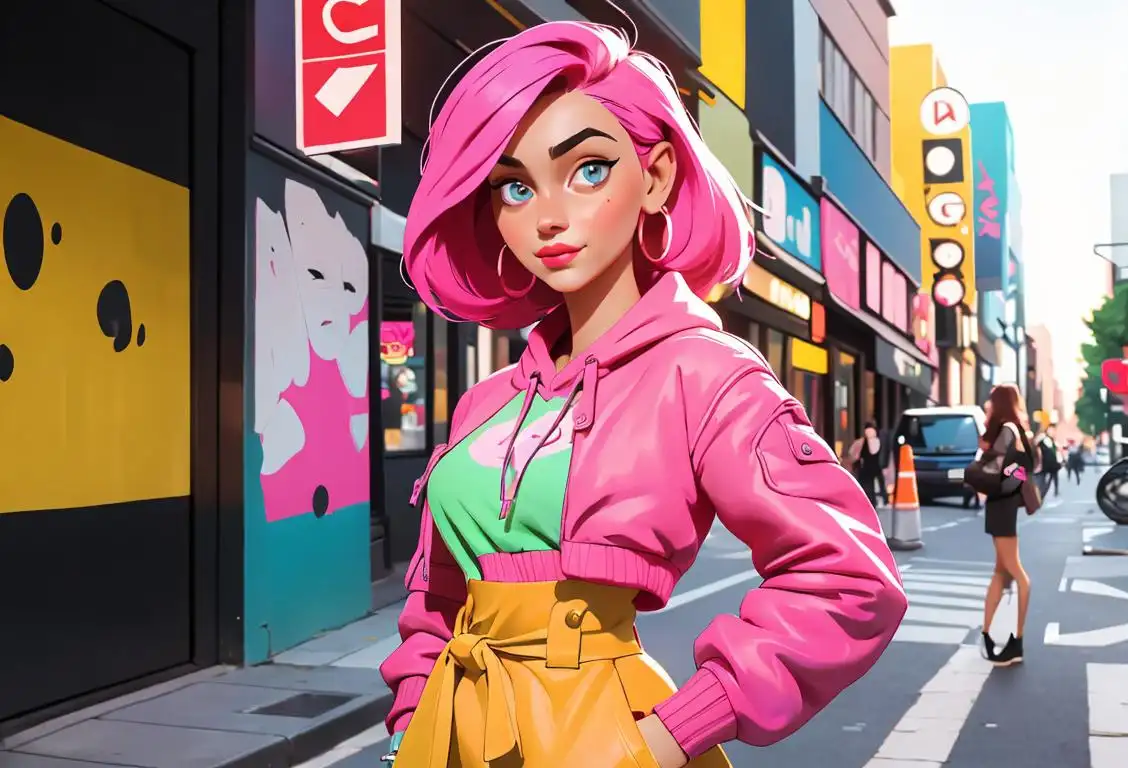National Big Wig Day

Hey there, big wigs and small fries! Get ready to celebrate National Big Wig Day, a day dedicated to those top dogs and high rollers who always have their hair looking fabulous! Whether you're a CEO, a celebrity, or just someone who likes to rock a seriously impressive hairstyle, this is the day to flaunt your follicle finesse. So grab your hair spray and brush up on your hair flipping skills, because it's time to let your mane take center stage!
When is Big Wig Day?
It's national big wig day on the 27th January.
The Internet History of National Big Wig Day
Every January 27th, the internet explodes with mentions of National Big Wig Day. It seems like everyone wants to pay homage to the power and allure of a well-coiffed crown. From social media posts to blog articles, people can't resist showing off their best big wig looks.
The origins of National Big Wig Day are a bit hazy, just like a perfectly styled bouffant. Some speculate that it started as a playful way to highlight the glamorous persona associated with big wigs in various industries. Others believe it was simply born out of a collective love for over-the-top hairstyles that demand attention. Regardless of its origins, National Big Wig Day has quickly become a beloved celebration of bold and beautiful hair.
How to Celebrate National Big Wig Day
There are countless ways to participate in National Big Wig Day and show off your fabulous locks. Here are a few ideas to get you started:
- Host a big wig contest: Invite your friends, family, or colleagues to join in on the fun and see who can style the most extravagant wig.
- Donate to a charity: Use this day as an opportunity to give back and support organizations that provide wigs to people with medical conditions.
- Try a new hairstyle: Embrace the spirit of National Big Wig Day by experimenting with a bold and daring hairdo.
- Share your big wig pictures online: Take plenty of selfies and share them on social media using the hashtag #NationalBigWigDay.
The Fun Side of National Big Wig Day
Did you know that some big wigs throughout history have become iconic figures thanks to their extravagant hairstyles? One of the most famous big wigs is Marie Antoinette, whose towering hairdos have become synonymous with the lavish lifestyle of the French monarchy during the 18th century. So, don't be afraid to channel your inner Marie Antoinette and let your hair reach new heights on this special day!
History behind the term 'Big Wig'
1676
The Origin of 'big wig'
The term 'big wig' originated in 1676 during the Restoration period in England. At that time, wigs were a popular fashion accessory among the wealthy and aristocratic class. These wigs were elaborate and often exaggerated in size, becoming a symbol of status and authority. The term 'big wig' was used to refer to someone who held a prominent position or had great influence, implying that their status was so high that they could afford an extravagant wig.
18th Century
Satirical Representations
During the 18th century, the term 'big wig' gained further popularity through satirical representations. Playwrights and political cartoonists often used wigs as a symbol of pomp and arrogance. Portraying influential figures or high-ranking officials with oversized wigs became a common trope, creating a humorous commentary on power and privilege. The term 'big wig' became associated with the caricatured portrayal of these individuals.
19th Century
Expansion to America
The term 'big wig' crossed the Atlantic in the 19th century, as British emigrants brought their language and cultural references to America. The term continued to be used to describe individuals who held significant power or influence, especially in the political and business spheres. As the United States developed its own social hierarchy, the term 'big wig' became firmly rooted in American English, often referring to influential figures in various fields.
Modern Usage
Symbol of Importance
In modern usage, the term 'big wig' is often used figuratively to describe someone of importance or influence. It has transcended its literal association with wigs, but still carries the connotation of authority, prominence, or high social standing. Whether used humorously or seriously, 'big wig' remains a colorful idiom that reflects the enduring impact of 17th-century fashion trends on the English language and cultural expressions.
Did you know?
Did you know that some big wigs throughout history have become iconic figures thanks to their extravagant hairstyles?Tagged
fun celebration fashionFirst identified
27th January 2017Most mentioned on
27th January 2017Total mentions
119Other days
Louis Bottoms Day
Shades Day
Mask Day
Wear Lilly Day
Big Wig Day
Straw Hat Day
Handbag Day
Outfits Day
Suspenders Day
Ootd Day








